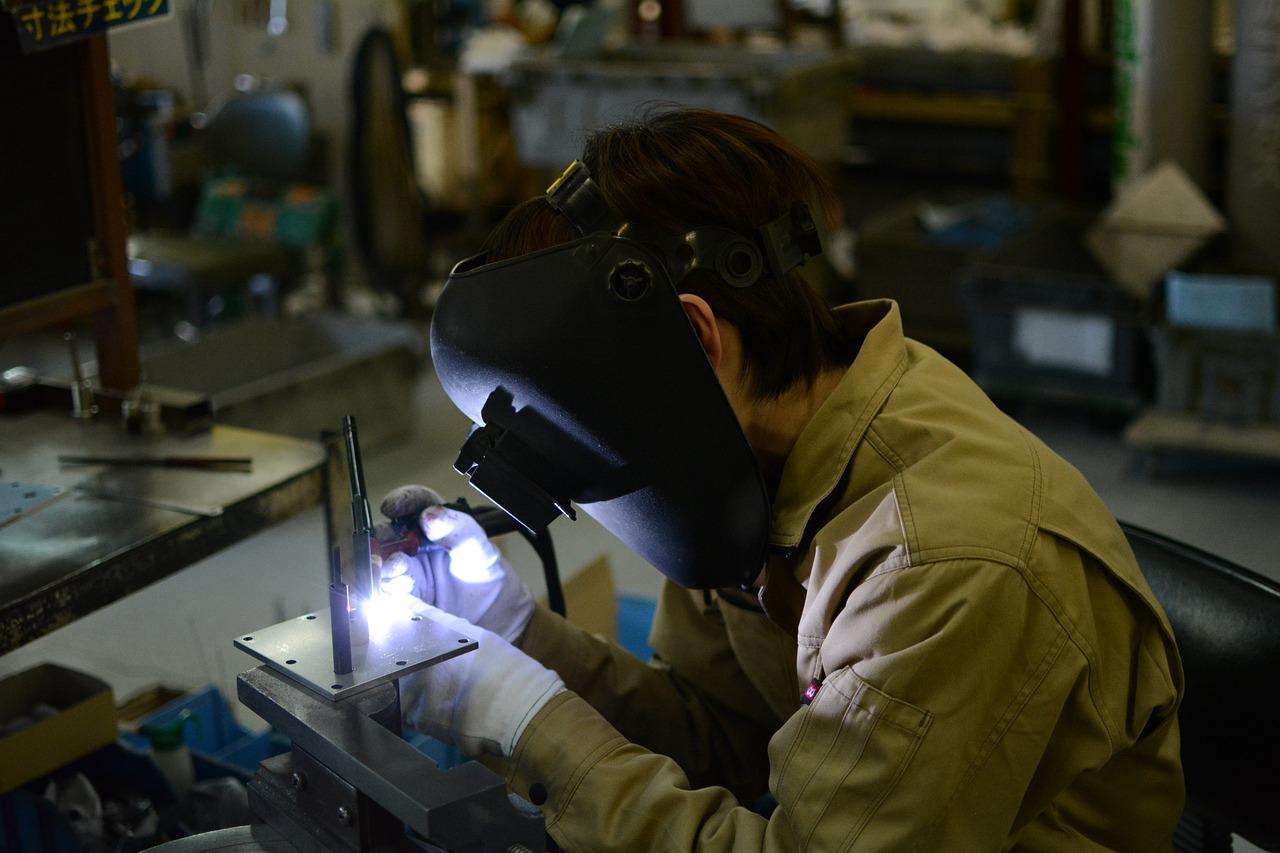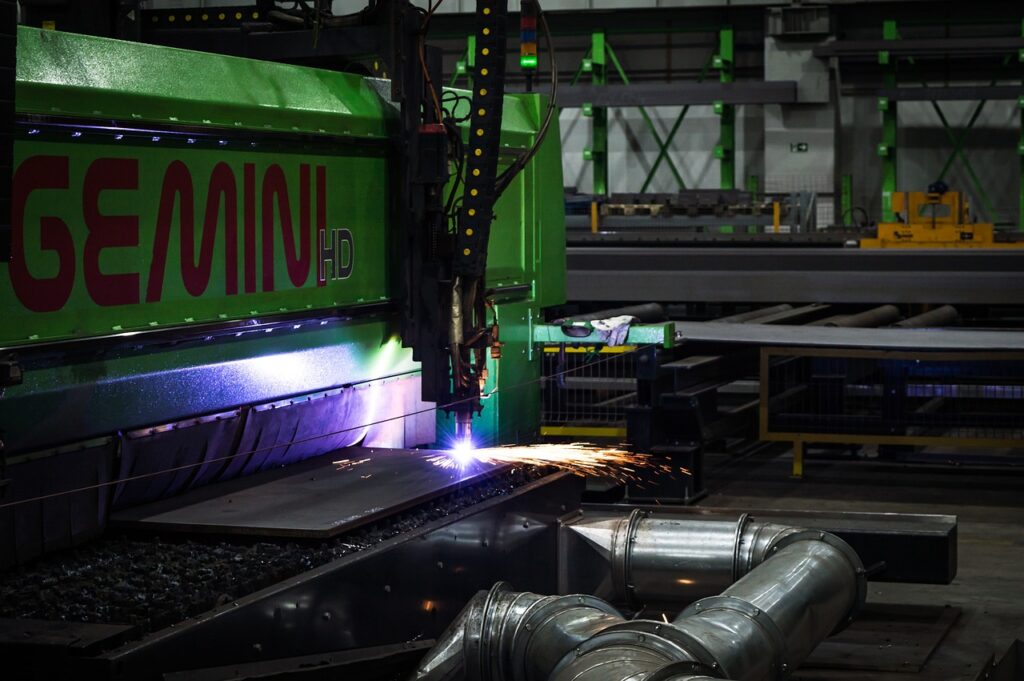
Overcoming Challenges in Biopharmaceutical Manufacturing: Innovations and Solutions
Biopharmaceutical manufacturing is the lifeline of the medical drug industry. It is not only responsible for making life-saving meds. The biopharma companies research a lot of critical medicines and unique therapies also.
However, the challenges in Biopharmaceutical Manufacturing are nothing new. We could have swayed away the immediate attention, but the challenges impact the industry’s output. And that can have a significant time impact on the healthcare industry. So, it’s high time we expose the Challenges in Biopharmaceutical Manufacturing. The most common issues are regulatory barriers. The manufacturers in this sector should comply with standard norms. However, they also have to tally with the local conglomerate business rules.
Let’s see how these hurdles impede the effectiveness of the biopharma industry.
Common Challenges in Biopharmaceutical Manufacturing
Did you know regulatory challenges can be mitigated? However, the sector heavily depends on the supply chain and regulatory QAs. Often, biased QA and compromised supplies impact them big time. Let’s shed more light on the issues that challenge the sector:
Regulatory Compliance
Staggering regulations are impeding the sector from growing. And that’s, in turn, affecting the health sector. Delayed supplies and compromised qualities are the most significant issues that the healthcare sector faces. But why do such problems exist? The answer is simple. The global metrics of the biopharma regulations are pretty complex. There are seldom any universallyaccessibley norms to let the industry operate seamlessly. Often, a company with headquarters in the US has its business spread into the East. However, the company must follow the norms and guidelines of both areas operating in the east.
Aspects like Good Manufacturing Practices and Good Lab Practices vary from one country to another. Often, the regulatory protocols clash with each other. Firstly, it results in production delays. Meanwhile, it may also cause product defaults. That would delay supplies to the healthcare sector and amount to losses for the biopharma sector.
In the US, the US biologic drug regulation timeline significantly impacts the approval process for biologic products, making regulatory compliance one of the most critical challenges for manufacturers.
Quality Control and Assurance
The Challenges in Biopharmaceutical Manufacturing can also involve the differential QA and assurance process. The biopharma companies must ensure that the manufacturing process is safe and credible. At the same time, they have to test the effectiveness of the drug from time to time.
Experts say that composition’s effectiveness varies from one zone to another and from season to season. So, they have to go through new QA checks every season. And in every time zone. Generally, they make the necessary changes to accommodate the change effect on the meds. However, the traditional QAs cause avid delays.
Supply Chain Management
The sector’s supply chain is quite complex. It is global. Hence, a manufacturer must tally with various global suppliers, often for a single product. Meanwhile, some of the suppliers belong to the VUCA regions. They face frequent delays in raw material production and distribution, which also delay the manufacturers’ production process.
Moreover, there are often cross-border issues. The same includes issues in medical supplies during the Russia-Ukraine war. The whole European front awaited Ukrainian supplies. Conversely, Russia was waiting for supplies from the European mainland. The bottom line is that Biopharma companies must develop resilient supply chain strategies to mitigate risks and ensure the uninterrupted availability of critical materials.
Cost Efficiency
The production costs of biologic drugs depend on the stability of the vendor’s prices. However, rising labor and production costs hinder the productivity of biopharma manufacturers.
Often, they end up manufacturing fewer batches. They may also have to compromise their profits. But the market is throwing more challenges. New local biopharma manufacturers are challenging the price points of the global manufacturers. And there is currently no master plan to drag down the looming cost hikes. After all, you can’t compromise with quality.
Scaling Up Production
Most local biopharma companies face scalability issues. They may excel in the trial or lab test stage. But they face a real challenge in mass scale industrial production. Other Challenges in Biopharmaceutical Manufacturing include manufacturing in small batches due to a lack of crucial infrastructure. Often, they can’t maintain the same quality mark when manufacturing in bigger batches. So, biopharma companies need accurate planning and intense technology integration when scaling up production.
Technology Integration
You can’t win the production battle if you don’t have access to high-end technology. The same happens in the case of small manufacturers. Firstly, they don’t have promising funds to develop labs with the correct digital tools. Secondly, some manufacturers lack the necessary expertise to handle technology.
Lastly, employees are often adverse to change. They deter change or new training. Hence the attrition rate is high in the industry.
Innovations Driving Change in Biopharma Manufacturing

The biopharmaceutical manufacturing landscape is undergoing rapid transformation, driven by technological innovations and process optimization. Several cutting-edge developments are helping address the challenges mentioned above.
Advanced Bioprocessing Technologies
The biopharma sector is yet to scale up production through advanced bioprocessing technologies. Indeed, this technology offers a step up in production. Bioprocessing is more efficient than batch processing. Firstly, it ensures a stable flow of materials to the production console. Hence, companies can reduce their production downtime to a great extent. At the same time, the process helps in reducing waste and speeds up productivity. However, all companies do not have access or the ability to replicate bioprocessing technologies.
But the bioprocessing is by far better. It helped manufacturers generate actual leads in cell culture. New cell culture techniques like CHO or mammalian cells are easily manageable with the help of this technology. In addition, bioprocessing has improved the production and consistency of the biologic drugs. Hence the process turns out to be very cost effective.
AI and Machine Learning
The Challenges in Biopharmaceutical Manufacturing can be resolved with AI and machine learning to a great extent. These two revolutionary technologies are improving drug production big time. Firstly, you can replicate the complex manufacturing process over automation using AI. Moreover, AI also helps predict combinations and better alternatives during lab research. Hence, it is easier to experiment and venture into making new drugs.
AI and ML make optimization easier. Meanwhile, predictive maintenance and quality checks are also better.
There re some clear areas of exception with AI and ML around. AI eliminates the need for real-time monitoring. It also identifies flaws in production at an early stage. So, it is ample time the biopharma companies to incorporate these advanced technologies. In due course, the Challenges in Biopharmaceutical Manufacturing can also be met with AI nd ML.
Single-Use Technologies
Single-use technologies, which include disposable bioreactors, filters, and tubing, have become increasingly popular in biopharmaceutical manufacturing. These systems reduce the need for cleaning and sterilization, reducing downtime and improving overall production efficiency. Additionally, they lower the risk of cross-contamination, which is especially important in producing biologic drugs, where purity is critical. The adoption of single-use technologies has allowed manufacturers to streamline their operations, making it easier to scale production and bring medicines to market faster.
Modular Manufacturing
Modular manufacturing systems are another innovation helping biopharma companies overcome scaling challenges. These systems are flexible and can be quickly adapted to different production needs. By using pre-assembled modules, manufacturers can reduce the time and cost required for installation and commissioning and quickly scale up or down as needed. Modular systems also allow for easier integration of new technologies and innovations, making them ideal for the rapidly evolving biopharma landscape.
Digital Twin Technology
Digital twin technology, which involves creating a virtual replica of the manufacturing process, is helping companies optimize their operations. A digital twin can simulate the production process, providing insights into how different variables impact the final product. This allows manufacturers to experiment with other conditions and optimize processes before changing the system. Biopharma companies can reduce production costs and improve product consistency by utilizing digital twins.
Real-Time Monitoring and Process Control
Integrating Internet of Things (IoT) sensors and real-time data analytics allows biopharma manufacturers to monitor their production processes in real time. IoT sensors collect data on factors such as temperature, pressure, and pH levels, while advanced data analytics platforms analyze this information to identify potential issues before they become problems. This proactive approach to process control helps improve product quality and ensure compliance with regulatory requirements.
Solutions for Overcoming Manufacturing Challenges

In addition to technological innovations, several strategies can help address the challenges biopharma manufacturers face:
1. Improving Supply Chain Resilience
To improve supply chain resilience, biopharma companies are increasingly turning to digital solutions such as blockchain and advanced analytics to track raw materials and finished products. By improving visibility and traceability across the supply chain, manufacturers can better manage risks and reduce the impact of disruptions.
2. Enhancing Workforce Training and Development
As new technologies are introduced, it’s essential to invest in workforce training to ensure that employees are equipped with the skills needed to operate advanced systems. Ongoing education and specialized training programs can help address the skills gap and improve the adoption of innovative solutions.
3. Streamlining Regulatory Approval
To overcome regulatory challenges, biopharma companies are adopting adaptive trial designs and leveraging technologies that accelerate the approval process. Collaborating with regulatory agencies to adopt more flexible pathways can also help speed up the time it takes to bring drugs to market.
4. Sustainability Initiatives
As the demand for sustainable manufacturing practices grows, biopharma companies increasingly focus on reducing their environmental impact. This includes implementing green chemistry practices, reducing energy consumption, and minimizing waste through recycling and reuse initiatives.
Conclusion
The Challenges in Biopharmaceutical Manufacturing are real. However there are hordes of innovations to help biopharma companies. At the same time there are several process optimizations on offer.
These techniques can leverage continuous manufacturing. Hence, all companies in the circuit must embrace the techniques like AI and ML. In the same vein, they can use single-use technologies as well. But what are the benefits? Firstly expect lower costs and improved production efficiency. Secondly, you can get better supply chain optimization. So, improve your product quality with these steps.
You can also seek better results through advanced supply chain management, rigorous employee skill training, and continuous QA sessions. Consequently, the future of the industry seems solid. However, biopharma companies have to do away with the challenges with the proper techniques and on-point implementation.
Read Also:



















Post Your Comment